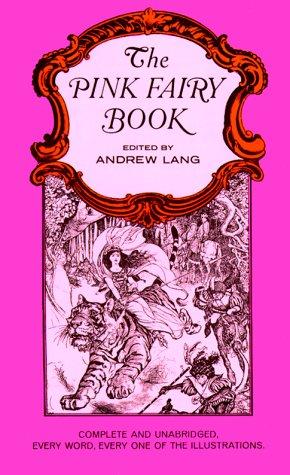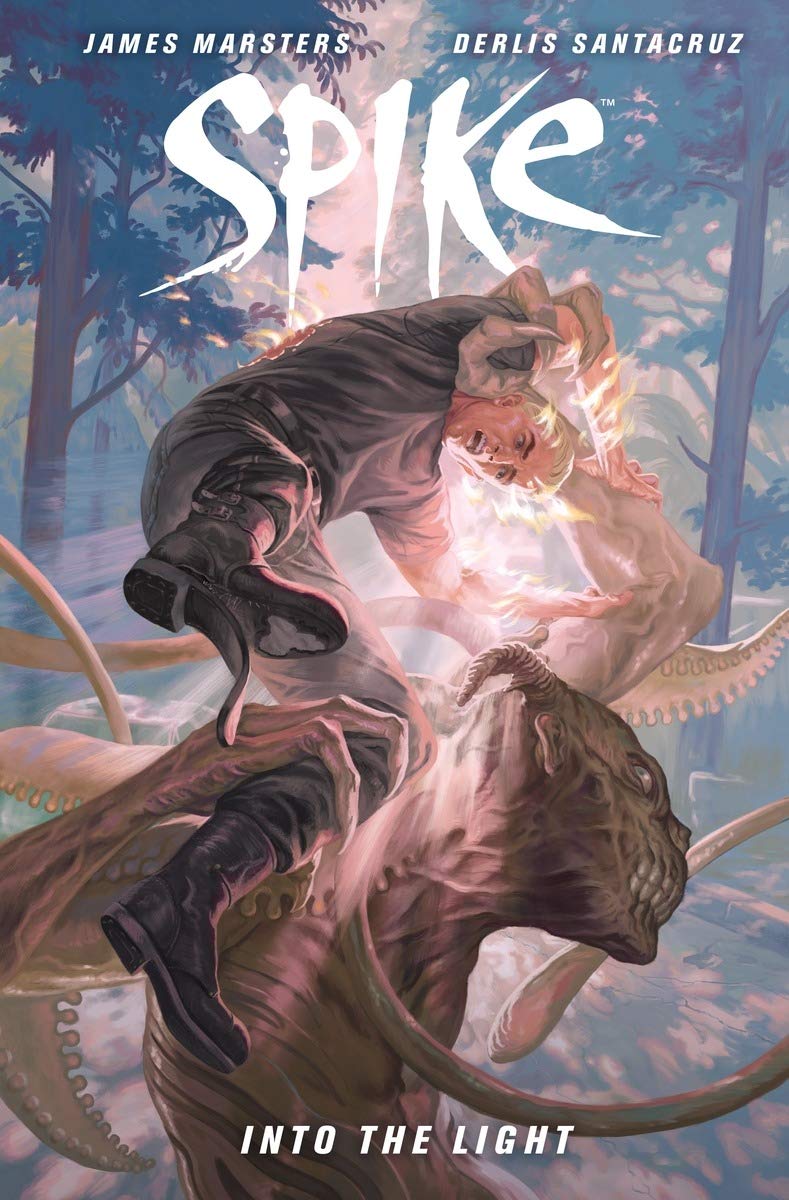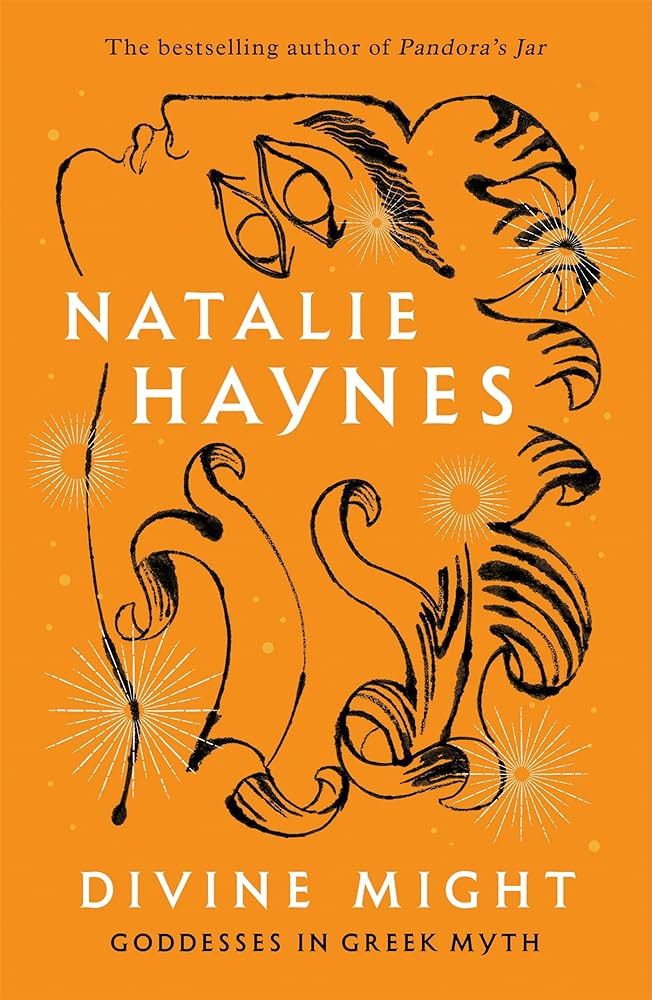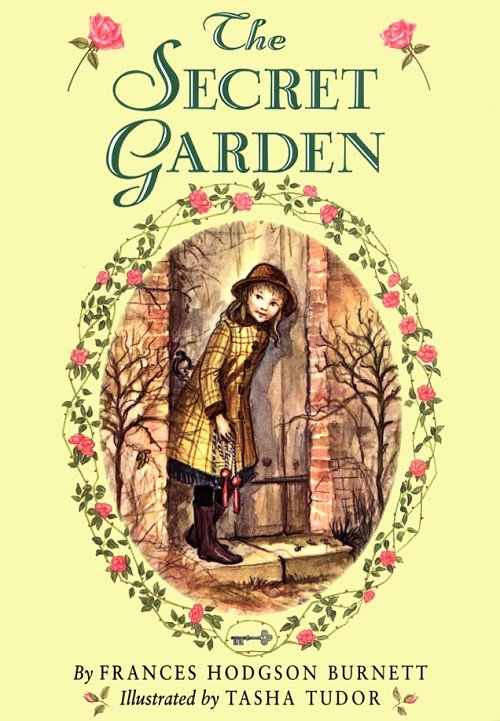A single man living in a small town has to be careful not to let too many people see him reading something called The Pink Fairy Book. He mustn’t take it to the laundromat, or read it in the waiting room while his car is having in oil change, or pass time with it while his supper is cooking at the downtown diner (where, by the way, they actually serve brain sandwiches). If I have to explain the reasons for this, you obviously wont understand why I also didnt view the movie Ice Princess when it opened at the local cinema. People will gossip without any help from me.
Nevertheless, under the cover of anonymyty furnished by my really unimaginative pen name and the fact that no one in a 30-mile radius of where I live actually reads (to judge by the lack of bookstores), I can confide to you, dear reader, that I read Andrew Langs 1897 collection of folk tales and fairy stories. It was a daring venture, but I risked it for your sake. Let no one say that Robbie Fischer was daunted by a mere threat to his manhood. Besides, it took me a month to read it because I couldnt take it to the laundromat.
Seriously, though, with a title like The Pink Fairy Book, you might not expect it to contain the spookiest story in all of Andrew Langs many-colored fairy books. Its mixture of mischief, romance, adventure, and magic from cultures all around the globe are nothing new; Lang has never let us down yet! But in his preface to this book, even Lang admits that The Princess in the Chest is about as scary as a fairy tale should be allowed to getand the original Danish version is scarier!
In spite of the title, readers of both sexes and all ages will find excitement, laughs, warmth, and chills in this book, with 41 stories from Japan, Africa, and every corner of Europe from Sicily to Scandinavia. To say nothing of nearly 70 illustrations by the redoutable H. J. Ford! How shall the stories delight thee? Let me count the ways:
First, there are animal stories. The book opens with the wry Japanese story of The Cats Elopement, in which two talking cats run away together and find their way to a Princesss palace. Then there are two animal fables: The Jackal, the Dove, and the Panther, and The Little Hare, which both showcase the cleverness of one beast who outwits the others. Besides that there are several stories of princes or princesses who have been turned into various animals by a fairy enchantment: The Sparrow with the Slit Tongue, King Lindorm (a giant serpent), and The Wounded Lion. In The Two Brothers, a little fish, caught by twin brothers, offers a rich reward for setting him free (see also The Brown Fairy BooksThe Knights of the Fish). And finally, there are several other stories in which magical creatures play a major role: How the Dragon was Tricked (also starring a hippogriff), The Goblin and the Grocer (Hans C. Andersens moving parable about scholars and businessmen), Uraschimataro and the Turtle (a very sad Japanese tale), The Slaying of the Tanuki (also from Japan), The Bird Grip (similar to Pyles story of The White Bird), and the classic tale of Master and Pupil in which two wizards duel to the death by transforming themselves into different creatures. I might also mention Peter Bull, a merry story about a foolish old couple who adopt a bull as their son; The Fir Tree, The Shirt-Collar, and The Snow Man, each a moral lesson wrapped in a sentimental story by Andersen; and The Golden Lion, which is actually hollow and has a prince hiding inside.
Then there are plenty of good, straightforward, magic-and-danger-filled adventures of youths setting out to make their fortunes, princes and princesses passing through fiery trials before they can be married, and the monsters, magicians, fairies, and demons who help or hinder them. The House in the Wood contains a test for three pretty woodcutters daughters. The Flying Trunk transports a merchants son to distant lands and gives him an opportunity to marry a princessif he doesnt blow it! The Princess in the Chest seems at times to be a ghost story rather than a fairy tale, but it ends all right. The Three Brothers attempt to prove themselves the master of one art or another, in a tall story from the brothers Grimm. The Snow-queen is a big, strange story full of unusual incidents, but mainly it has to do with a little girls quest to save the boy she loves. Hans, the Mermaids Son is a prodigy of brute strength in a Danish tall tale. Snowflake is a child who starts life as a doll made out of snow, and ends up as a puff of steam. I know what I have learned is a phrase repeated by a remarkably foolish man whose daughters are married to trolls; The Cunning Shoemaker, in contrast, is remarkably clever.
The King who would have a Beautiful Wife gets, instead, a frightful old hag. Catherine and her Destiny are at war from the time the girl chooses to be happiest at the end of her life. How the Hermit helped to win the Kings Daughter is another version of the old standby about a ship that sails on land, and its crew of men who can do amazing things. The Water of Life shows us how a girl succeeded where her seven brothers failed. The Man without a Heart gives new life to my transfigured heart theory of why Voldemort is so hard to kill (see my editorial I KNOW! I KNOW!). The Sprig of Rosemary contrasts the fate of two stepsisters, one good, the other wicked. The Trolls Daughter becomes the bride of a young man who knows when to play the fool (I should have mentioned it earlier, because the troll turns the youth into different kinds of animals). Esben and the Witch may seem unlikely enemies to Harry Potter fans, since Esben rides around on a flying stick. Princess Minon-Minette lives in a world where every prince and princess is brought up by a different fairy godmother, some of whom are good, some bad, and some painfully indifferent. Maiden Bright-eye suffers dreadfully, but also becomes a kings bride, because of her stepmothers malice. The Merry Wives each wager that her husband is the daftest. The Story of Ciccu relates the fortunes of a lad who has two jealous brothers, a fickle king, a talking horse, and other enchanted items. And finally, Don Giovanni de la Fortuna is that rare man who gets the best of a pact with the devil, and who also proves that happiness comes to those who look for beauty below the surface.
For instance, if in the next week or two you see a Hagrid lookalike reading The Lilac Fairy Book in your neighborhood laundromat, dont rush to judgment. He might be the ideal future husband and the father of your kids! At least hell know a lot of bedtime stories!





